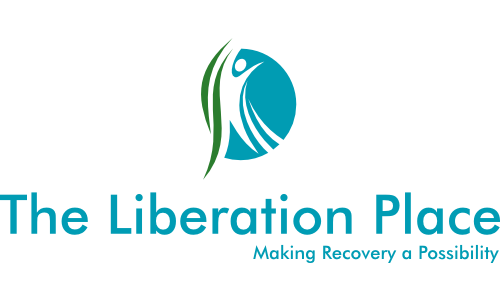Structured Lifestyle
Having a daily routine is a key aspect of any behaviour change program. Building a solid strategy, for each of the 7 days in a week, planning for what you’re going to do and when you’re going to do it, is a primary structural requirement for success in the early stages of change. Putting your schedule into a physical format provides a level of accountability to the process that can help to improve our self-integrity along the way. This doesn’t have to look a particular way though, in fact, setting up your day is a very unique and personal thing, so it is important to make it your own. Take the time to think this through, and whether you choose to do this using pen or printer, phone, or tablet, it really doesn’t matter, as long as it is something you will stick to using every single day.
There are a number of different reasons why it’s important to put structure and schedule in place. The primary purpose is to develop our ability to distract and avoid from an overwhelming and distressing emotional experience. When we hear that the behaviour we’re trying to change, for example my alcohol use, isn’t the real problem, it’s the solution to our problem. Then we learn that the real issue is our inability to cope with our emotions, it’s natural for us to jump in, feet first at the deep end, trying to sit with all of our emotional experiences so we can get this problem fixed as fast as we can, and get back to living our lives. The problem with this approach is that we don’t have the skills to sit with our emotions yet, so it spirals us into our old behaviours faster than we can build awareness for what’s actually going on, because it’s the only way we currently know how to cope.
“Putting your schedule into a physical format provides a level of accountability to the process that can help to improve our self-integrity along the way.”
~Steven Morris RP.
This is why our ability to distract our mind, and avoid certain circumstances is a necessity when we first start out. Yes, we want to develop the ability to sit with our emotional experiences, and that will definitely come with time, as well as start delving into our ability to practice the many different skills of Dialectical Behaviour Therapy (DBT). As for right now, keeping busy and knowing what we are doing moment to moment, is a great way to get through the early days. At the start of my own journey, I felt like I was using distract and avoid all the time, it was my primary weapon of choice. I had a routine and structure that kept me constantly busy, but not with just one constant thing though. I had everything documented in my life, from the time I woke up.to the time I went to bed. I included mealtimes, exercise plans, time when I was working, times when I was doing my recovery homework, and even times when I was doing absolutely nothing at all just having a bit of a me moment.
If you are anything like I used to be, or one of the people I met when I was working in residential treatment, and still come across from time to time today, then you may be saying something like, “I can’t do routine, I am way to spontaneous.” I suggest taking a look at the rigidity of this statement, as when we tell ourselves we can’t do something, it shuts down the possibility of it ever happening. This removes the possibility of change and may limit the progress we can make towards achieving our ultimate goals. Also, it can be important to develop an understanding for the difference between spontaneous and impulsive behaviours, as the 2 often get confused. One holds our integrity intact and keeps us in line with living the life we want to live, and the other does not, can you tell me which is which?
Occasionally, I also come across some people who tell me their lives are too unpredictable and erratic to add any type of routine and structure to. Normally, this is because they never know how many hours they might be working from one day to the next, or whether or not they’re actually working the next day period. While this is definitely challenging to work around, it’s also not impossible. All we need to do is have 2 different schedules for us to go by. One that covers what we typically do on a workday, and one that covers what we’d like to do on a non workday. The only other obstacle that sometimes gets in our way, is our own personality. Those behavioural modes we refer to as our Emotional Child parts. Whether the narrative they’re spinning is one of Entitlement, Undiscipline, or Impulsivity, the rout cause is usually fear. When we hold ourselves to an Unrelenting Standard around what we’re supposed to do, and how we’re supposed to do it, failure is sometimes just too much to handle, so a case of the “F##K ITS” kicks in and avoidance is the only option.
“When we tell ourselves we can’t do something, it shuts down the possibility of it ever happening.”
~Steven Morris RP.
When it comes to what we put in our structure, there are several necessities we need to include, the first of which is a solid morning routine. Whether your morning is actually in the morning or not, it is important to wake up at the same time each day, and practice setting your day up for success. Inside your schedule, it is also important to create time for using some of the recovery tools available through DBT and Schema Therapy, as it is essential to make time for these not only when you’re struggling, but also when things are peaceful and calm. This will allow you to create a new habit that will automatically kick in when you need it to. One of the other key components involved in building your structured lifestyle is practicing a good night routine. The importance of sleep cannot be overstated and setting yourself up for success in this area is a massive part of the structure you are creating. All of the things we need to know about implementing a structured life are available in the DBT skill called ACCEPTS. If you choose to continue this work, I highly recommend developing your knowledge of, and ability to use this skill to your advantage, as it will only support you in setting yourself up for success.
Download the PDF of this page
Follow us on Social Media





